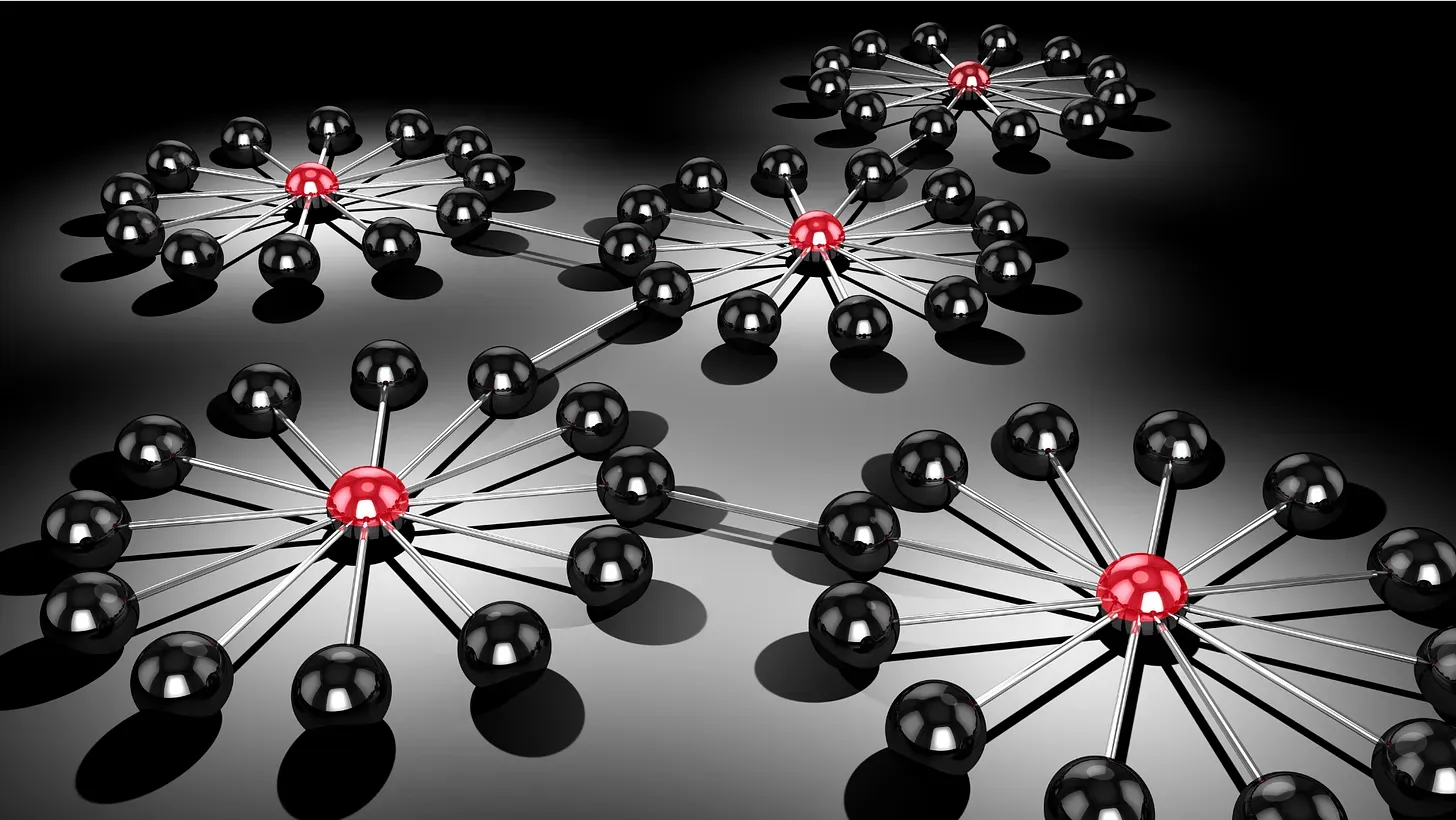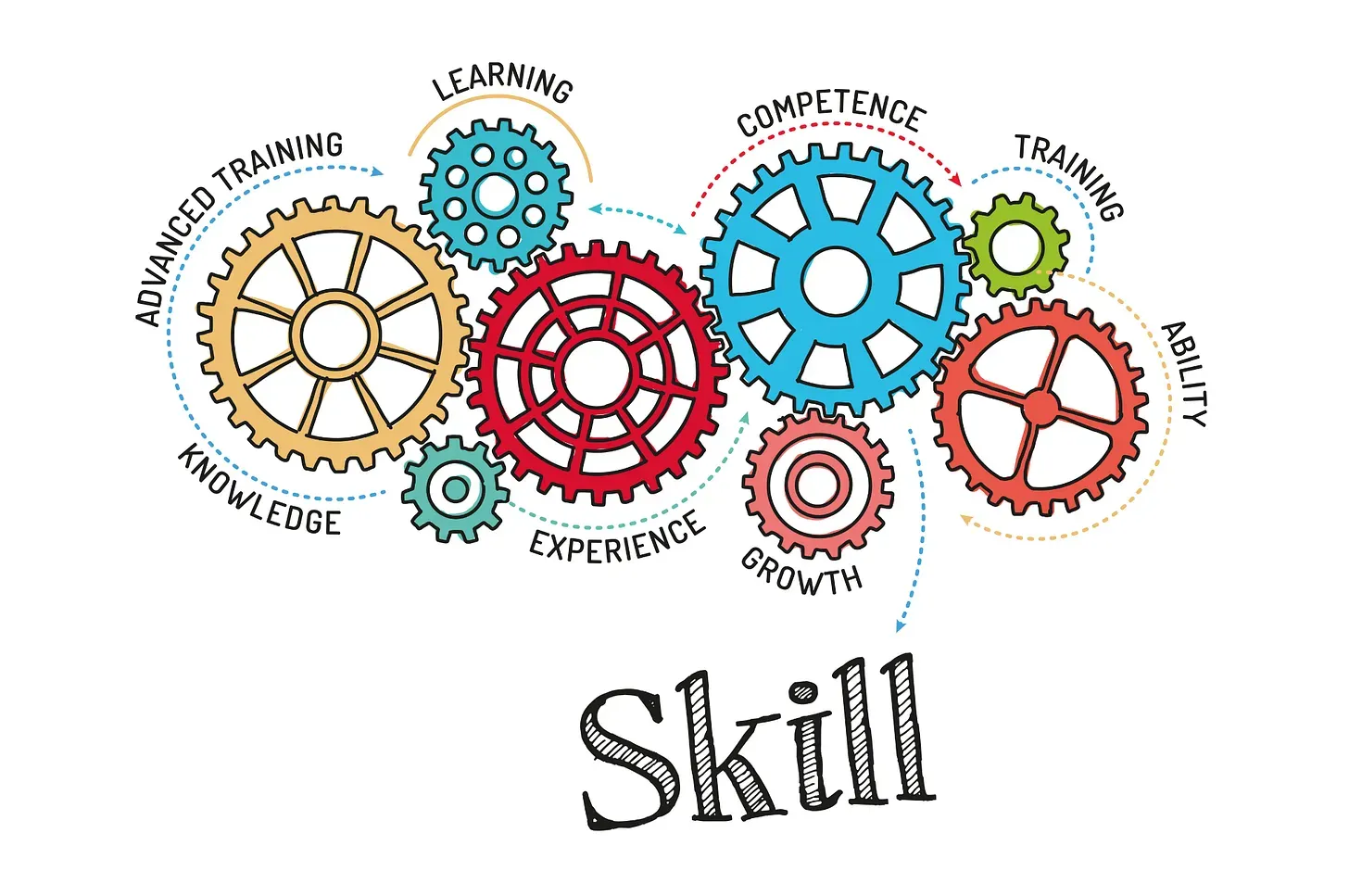Organizational


"Attempting to foster systems change without building the capacity to 'see' systems leads to a lot of talk...and very little results." —Kania, Kramer and Senge
In today's interconnected world, most significant societal challenges span multiple boundaries - organizational, sectoral, geographical, and cultural. Whether we're addressing climate change, public health, economic inequality, or educational reform, success requires collaboration across traditional silos. Yet our conventional approaches to problem-solving often fall short when dealing with such complex, cross-boundary challenges. This is where Systemic Intelligence (SysQ) comes in; SysQ provides the ability to “see” systems — as Kania, Kramer and Senge assert — is essential to facilitate ecosystem transformation.1
THE CHALLENGE OF CROSS-BOUNDARY INITIATIVES
Adaptive leadership expert, Dean Williams, describes the challenge of working across silos.2
“Most people do not fully appreciate the systemic nature of their problems. We think and act parochially. The cultures of our respective groups and the respective roles we play in these groups often cause us to view problems through the narrow and myopic lens of immediate self- or group interest.”
—Dean Williams, Leadership For a Fractured World
Cross-boundary initiatives face several inherent challenges. Different organizations have their own goals, metrics, and ways of working. Supply chains involve multiple independent actors with competing interests. Public-private partnerships must bridge different organizational cultures and incentive structures. These differences often lead to unintended consequences, policy resistance, and failed initiatives.
Traditional linear thinking and simple cause-effect models prove inadequate because they fail to capture the complex reality of these situations. As we've seen, the real world is characterized by tight coupling between actors, feedback loops, nonlinear relationships, and adaptive behaviors. When we ignore these characteristics, our solutions often fail or even make problems worse.
COVID, SUPPLY CHAINS, AND INFLATION
The COVID-19 pandemic exposed critical vulnerabilities in global supply chains that a systemic intelligence approach could have helped anticipate and mitigate. When the pandemic hit, most organizations responded reactively - cutting production, reducing inventory, and laying off workers. These individual decisions, while seemingly rational from each organization's perspective, collectively amplified the system-wide disruption. A SysQ approach would have revealed how these local optimizations could create devastating ripple effects throughout the entire supply chain network.
By applying systemic intelligence principles, organizations could have better understood the crucial time delays and feedback loops in the system. For instance, the long delays in rebuilding production capacity and inventory levels meant that when demand suddenly returned, the system couldn't respond quickly enough, leading to shortages and inflation. SysQ tools like stock-and-flow mapping would have helped stakeholders visualize these delays and plan more resilient responses, such as maintaining strategic inventory buffers or investing in flexible production capacity.
Most importantly, systemic intelligence would have encouraged greater collaboration and information sharing across organizational boundaries. Instead of each company optimizing for its own survival, a systemic approach would have facilitated coordinated responses that considered the health of the entire supply chain ecosystem. This could have included joint investment in critical infrastructure, shared early warning systems, and collaborative capacity planning. The lesson from COVID-19 is clear: in our interconnected world, success requires not just organizational excellence but systemic intelligence to understand and manage complex inter-dependencies.

Systemic Intelligence provides both the mindset and tools needed to navigate cross-boundary challenges effectively. Using SysQ you will be better able to:
Uncover and see hidden connections
SysQ helps us map and understand the complex web of relationships and feedback loops that span organizational boundaries. This prevents us from missing critical interdependencies that could derail our initiatives.
Anticipate and prevent unintended consequences
By explicitly considering feedback loops and nonlinear relationships, SysQ helps us identify potential negative side effects before they occur, allowing us to design more robust solutions.
Promote shared understanding and implementation
SysQ tools like causal loop diagrams provide a common language for stakeholders from different backgrounds to discuss complex systems and build shared mental models.
It identifies high-leverage interventions: Instead of treating symptoms, SysQ helps us find the root causes and points of leverage that can create lasting positive change across the entire system.
PRACTICAL APPLICATIONS
Consider these examples where Systemic Intelligence is crucial:
SysQ reveals how changes in one part of the supply chain affect other participants, helping design win-win solutions that benefit the entire network.
By mapping the different incentives and feedback loops affecting each partner, SysQ helps design more effective collaboration mechanisms.
When multiple organizations work together on complex social issues, SysQ helps them understand how their different programs and interventions interact and influence each other.

BUILDING SYSTEMIC INTELLIGENCE CAPACITY
To succeed in cross-boundary initiatives, organizations and leaders need to develop their Systemic Intelligence capacity. This involves:
Learning to identify and map feedback loops and system structures
Developing comfort with complexity and nonlinear thinking
Using tools that capture both "hard" and "soft" variables
Building shared understanding across organizational boundaries
As our world becomes increasingly interconnected, the ability to think and act systemically across boundaries becomes not just valuable but essential. Organizations and leaders who develop strong Systemic Intelligence will be better equipped to tackle complex challenges and create lasting positive change.
Without this capacity, we risk continuing to implement solutions that fail to address root causes, generate unintended consequences, and waste precious resources. With it, we can design more effective interventions that create positive change across entire systems.
INTER-ORGANIZATIONAL AREA
Because the world is rapidly complexifying, we need to collaborate across boundaries to address the knotted, interdependent problems we face. During COVID we were hoarding toilet paper from global supply chain disruptions. The lingering effects of this interdependent ecosystem continued for several years in the form of higher than normal inflation.
NGOs are finding they need to work in coalitions — often gravitating to collective impact processes — in order to address interconnected problems of well-being like health, housing, poverty, and racism.
Content with the Inter-Organizational tag will describe how SysQ helps orchestrate learning across boundaries. You’ll see how it helps improve working relationships with suppliers, contractors, and partner organizations. You’ll learn about how coalitions and collaboratives use SysQ to find greater leverage on important Societal issues.
1
Kania, Kramer, and Senge, The Water of Systems Change, FSG, 2018 https://www.fsg.org/resource/water_of_systems_change/
2
Williams, Dean. Leadership for a Fractured World: How to Cross Boundaries, Build Bridges, and Lead Change, Berrett-Koehler, 2015.